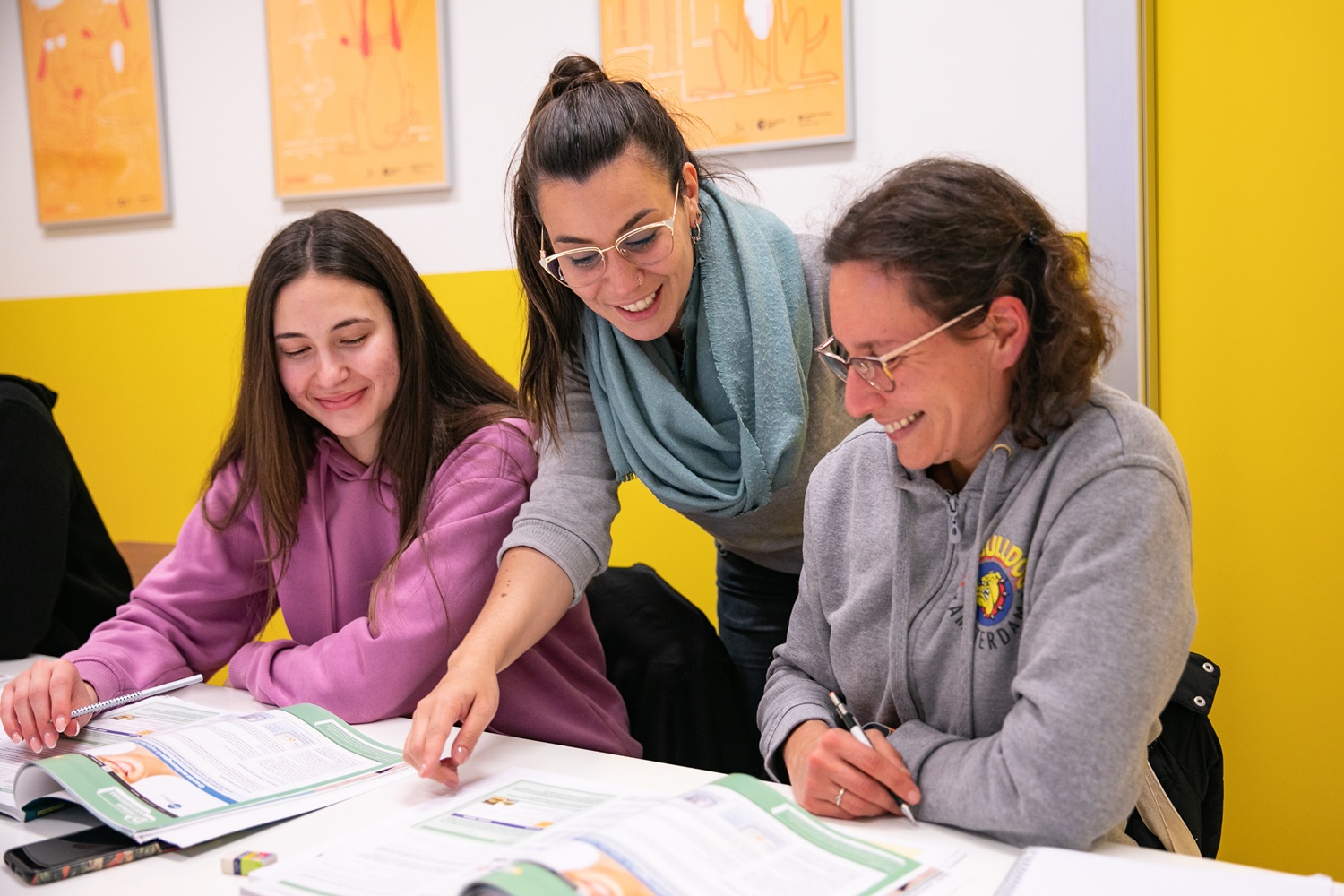
Blog
Jantar takes you into a new era of language assessment
Do you know what a placement test is?
If you have ever enrolled on a foreign language course, statistics say that you do. In fact, 60% of all newly enrolled students do not enroll entry level (A1.1) but one of the higher levels. In other words, most students already have some existing language competence.
Common European Framework of Reference for Languages (CEFR) defines six distinct language levels, from A1 to C2. Almost every student is familiar with this information these days, since CEFR was basically adopted by the entire world more than 10 years ago. Therefore, all courses in language schools are aligned with the CEFR, which means we somehow have to match students' existing knowledge with one of these levels. This is where the placement test comes into play.
Outdated testing system
Placement tests have been used in language schools since the dawn of time. Well, not the time itself, but definitely since language schools started operating on global scale. The problem is that the technology behind these tests has not changed for decades, and most of existing tests are based on a linear grading scale.
What exactly does that mean? For example, Jantar uses English placement test based on 60 questions, and it takes approximately 45 minutes for an average student to go through the test. Creator's logic is that a specific score, i.e. 30 correct answers, determines the level. The problem is that such test only utilizes the number of correct questions and doesn't go into any qualitative analysis indicated which types of questions are answered correctly or incorrectly. Although this will give you usable information in most cases, you will often run into situations where indicated level ends up being wrong.
Jantar has developed its own ways of compensating for these drawbacks. Our experts analyze specific groups of questions and results are adjusted based on our experience with thousands and thousands of administered tests. In cases when there are doubts about student's performance, additional oral test is administered by one of our teachers. End result is good, but the process can, indeed, be optimized.
Time investment
These adjustments take up a lot of time, especially during enrollments when time is a commodity. More importantly, they often waste the time of our students. They will always go through 60 questions, regardless of their skill - this shouldn't be the case! A student enrolling an A2 level should not spend more than five minutes of their time going through harder questions. In addition, this could also negatively affect their motivation for learning, because they might feel insecure going through content that is far beyond their understanding.
To avoid all these problems, placement tests need to be adaptive.
Application of IT
Jantar has been at the top of the chart when it comes to IT in language learning for quite some time now, not just in Croatia but on European level as well. Our VR4LL project (financed through the Erasmus Plus program of EU) aims to develop innovative Virtual Reality technology for language learning - a project that we constantly inform public about through our website and social media. In addition, we were a coordinator of another EU project through which we developed Amber School Manager software, which is now used across the globe, and which was later awarded an innovation grant by the EU.
This year, it is our partner company Amber IT Solutions that was awarded another Erasmus Plus KA2 project for innovation development. Their team will develop complex mathematical algorithms which will allow for implementation of adaptive placement test, and which will be administered in digital format.
What will our Next-Generation Placement Tests look like?
Tests will be available for English, German, Italian, French, Spanish and Russian languages. All students will start with simpler language tasks and algorithm will determine the progression of tasks towards higher levels. This will ensure that lower-level students don't spend a lot of time on the test itself, as algorithm will determine that there is no need for additional testing.
For higher-level students, test will determine approximate CEFR level based on use-of-language type questions. Additional listening and reading comprehension section will allow determination of student's level with surgical precision. This way we will ensure that each student is placed into the best possible language course in regard to their existing skill. This will not only optimize testing procedure for our students and staff, but will also improve entire educational strategy for our students.
Language methodology part of this project will be run by Jantar's own experts in collaboration with renowned schools Blackbird (Serbia) and British School Pisa (Italy). Additional support will be provided by expert from Molehill (Spain), a holding company in several language schools globally.
When will NGPT tests be available?
Our project officially started on October 1, 2020, with 26 months planned development and implementation time. However, we expect first versions of our tests to be available in next year.



